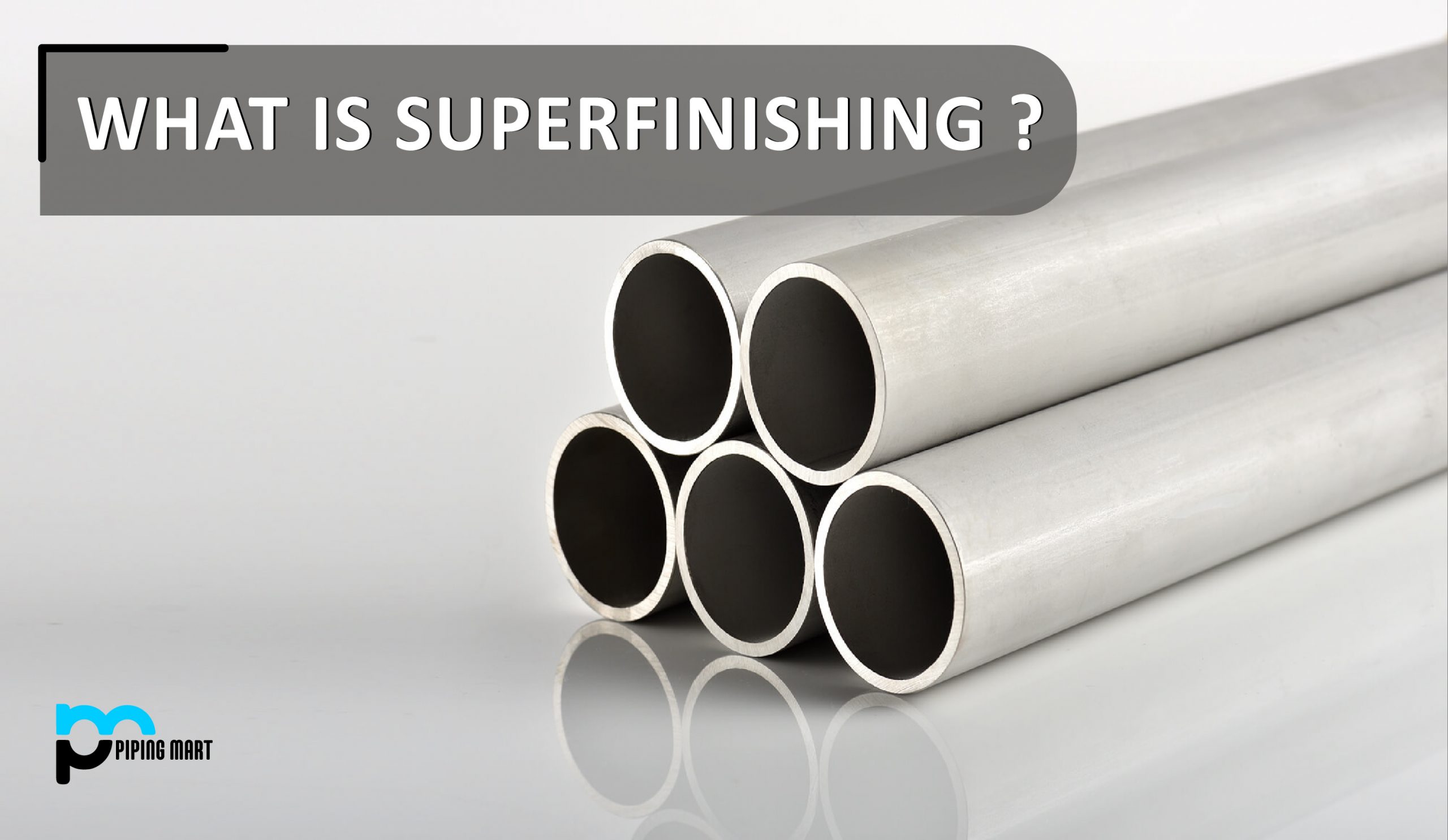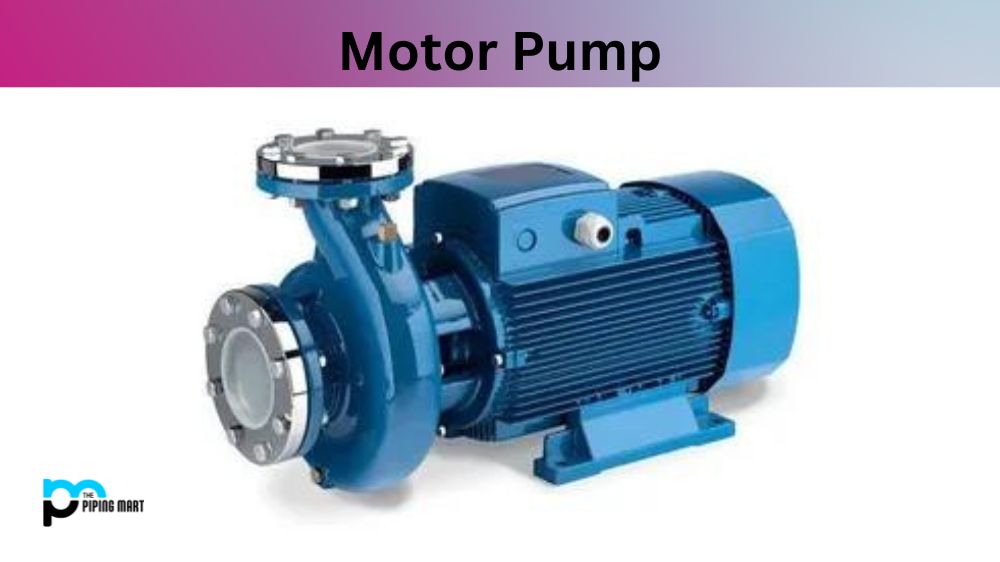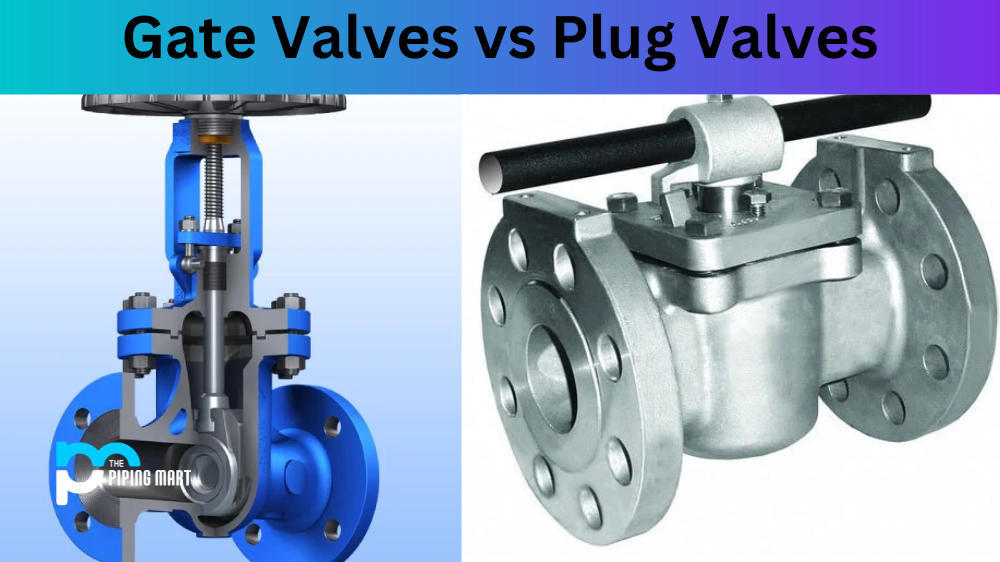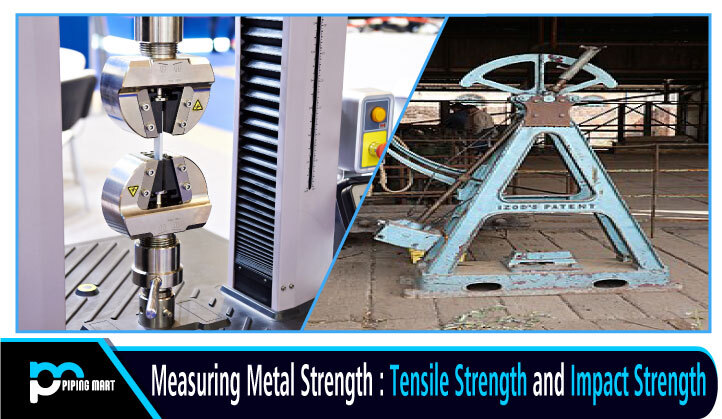Metals straight from the mill sometimes have a rough or visually unappealing polish. The surface of a metal can be degraded by various production techniques, such as sawing or welding, as well as corrosion. Specific applications need to metal surface finishing procedures to increase their surface quality and attractiveness. However, for some applications, finishing methods alone are insufficient, necessitating the adoption of superfinishing techniques.
What is Superfinishing?
Superfinishing is a mechanical material removal procedure applied to material surfaces after they have been finished or modified somehow. The leftover amorphous layer left behind from the preceding procedures is removed during superfinishing. Superfinishing is utilized in applications where the component’s surface polish is essential to its success.
Superfinishing Process
A stone or abrasive tape with very fine grit is used in the superfinishing process. Because the grit is so small, superfinishing cannot eliminate substantial surface flaws and must be utilized only after other surface modification techniques have been employed to achieve an exceptional finish. The cross-hatched look is achieved by rotating or oscillating the abrasive stone or tape against the metal. Because polishing produces a flawless, mirror-like surface, this cross-hatching is one of the critical contrasts between superfinishing and polishing. During the superfinishing process, a lubricant is frequently utilized to limit the amount of heat created by friction. This prevents the metal from becoming thermally damaged.
Why Use Superfinishing?
When a high visual appeal is necessary, superfinishing is an ideal procedure to apply. Materials that have been super finished usually have a good appearance, and the cross-hatching provides an aesthetic depth that polishing does not. Moving components’ useable life is also improved by superfinishing. This is because a super-finished surface has a low friction coefficient. Superfinishing can also increase a surface’s dimensional accuracy, sometimes more than other surface modification procedures. As a result, super-finished characters can provide more excellent sealing and assembly ease than non-super finished surfaces.
Disadvantages of Superfinishing
The most significant downside of superfinishing is the amount of time to complete. While the procedure isn’t particularly lengthy, superfinishing is an additional step that must be met to produce a final product. Adding a superfinishing process can be expensive because of the increased time and other equipment needed. Another downside of superfinishing is that, unlike polishing, the surface of super-finished metal surfaces does not have a mirror-like quality. The application of superfinishing would be determined by the visual appeal required.
Uses of Superfinishing
Superfinishing is used in a range of industries for various purposes, such as improving the aesthetic appeal of a metal component or increasing the lifespan of a metal component.
High velocity and high cycle components, such as rods and shafts, are super finished in the automobile industry to decrease wear and extend useable life. Gears and other parts at risk of excessive wear are frequently super finished in the aircraft sector to reduce the time between repair and overhaul.
Metal ornaments and display items are commonly super finished to improve their appearance.

Pipingmart is B2B portal specializes in industrial, metal and piping products. Also, share latest information and news related to products, materials and different types grades to help business dealing in this industry.




